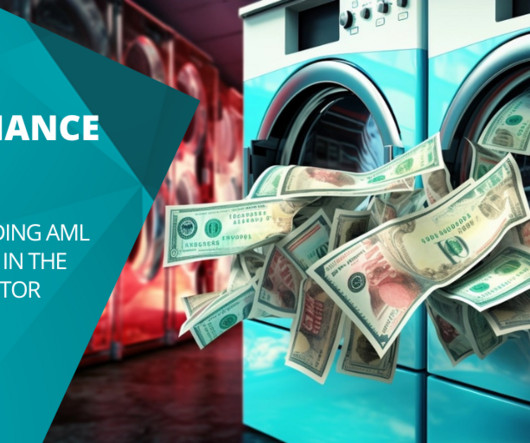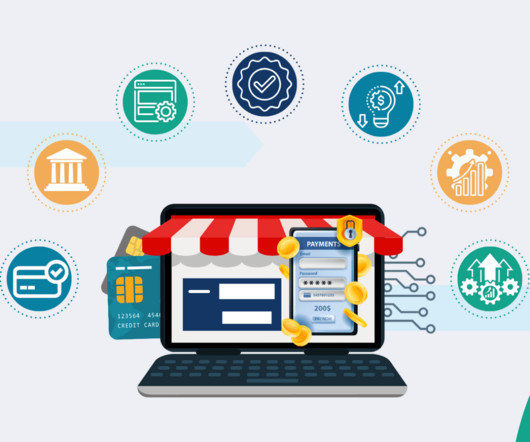How to Maintain Anti-Money Laundering Compliance as a PayFac
Stax
DECEMBER 4, 2023
TL;DR An anti-money laundering (AML) program is a set of laws and procedures that seek to uncover attempts to disguise illicit money as legitimate. An anti-money laundering (AML) program is a set of laws and procedures that seek to uncover attempts to disguise illicit money as legitimate. Let’s get started.











Let's personalize your content